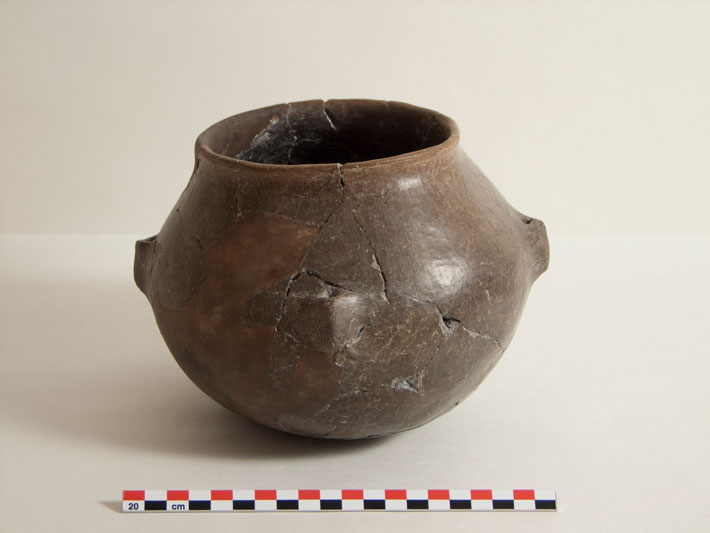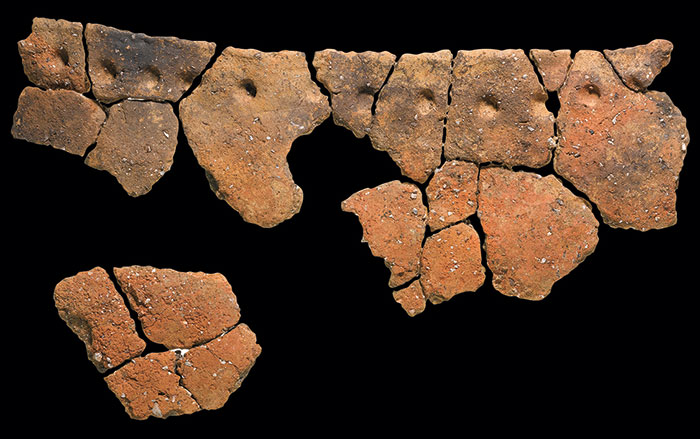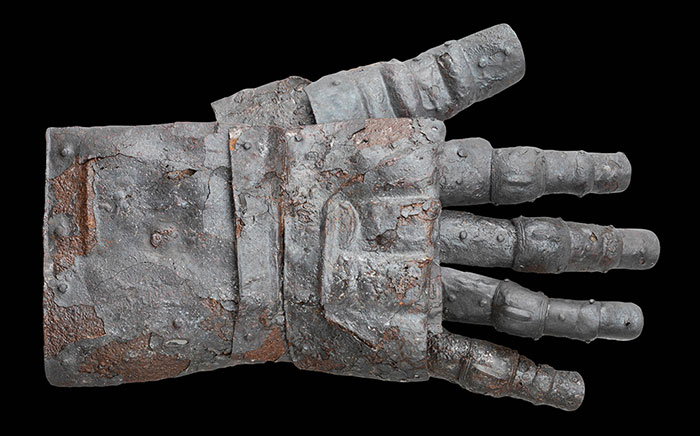
ISTANBUL, TURKEY—According to a statement released by Koç University, a team of researchers led by Adrià Breu Barcons and Rana Özbal of Koç University analyzed pottery recovered from Neolithic sites in the Mediterranean region. “We had some samples with some residues we didn’t really understand,” Barcons said. “We thought maybe they were coming from cooking techniques that thermally alter fat,” she explained. To test this hypothesis, the researchers mixed organic ingredients like olive oil and olive leaves with pottery samples and heated them at different temperatures for various durations. In doing so, they were able to recreate the mysterious residues and record them as two new biomarkers. “These compounds are not normally found in nature and can only be created in high temperature, which means they can be used to prove whether ancient pottery had been in contact with the fire,” Barcons concluded. Read the original scholarly article about this research in Journal of Archaeological Science. To read about an innovative method for directly dating animal fat residues on ancient pottery, go to "Carbon Dating Pottery," one of ARCHAEOLOGY's Top 10 Discoveries of 2020.










